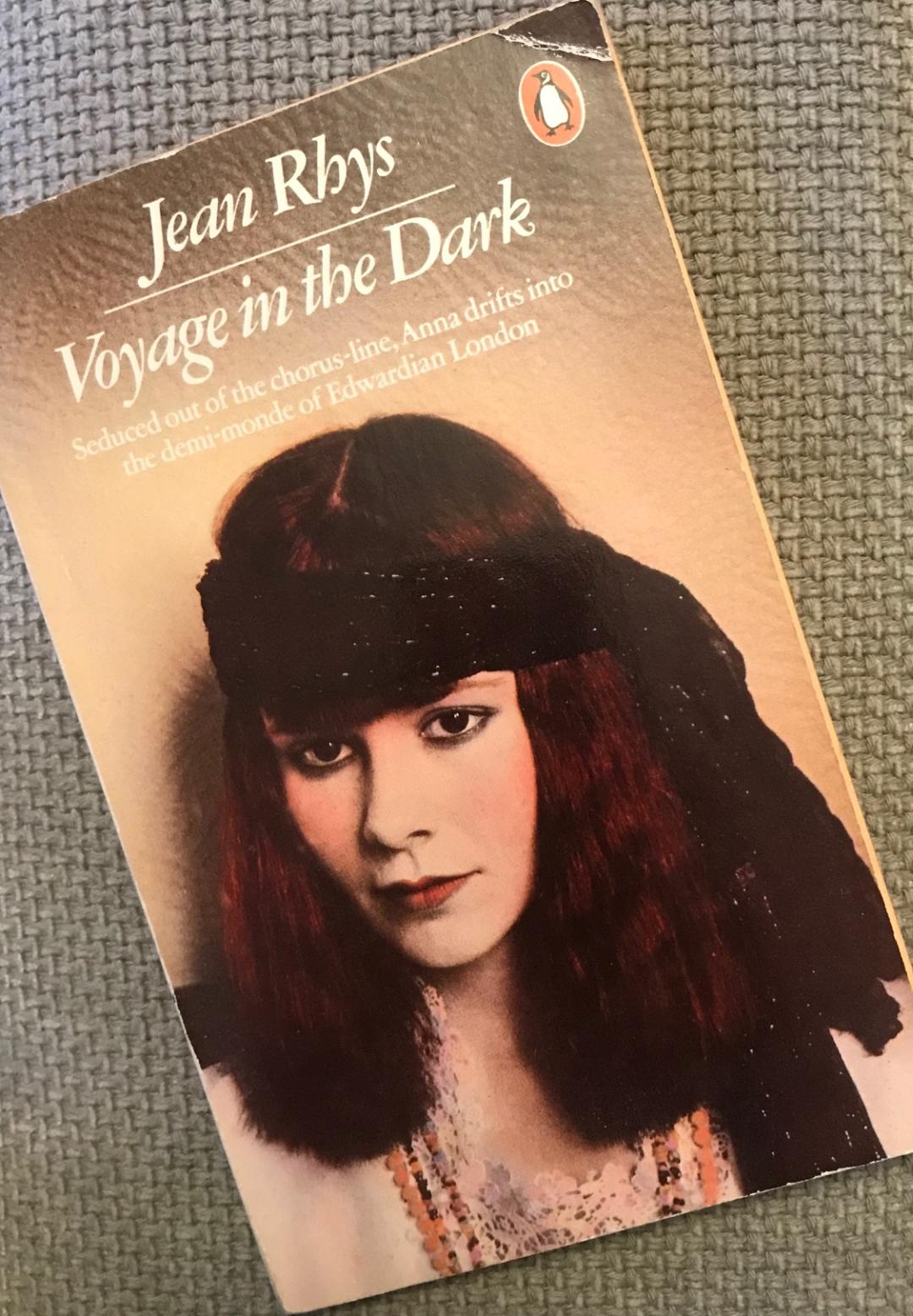
Anna goes for a walk with Maudie, and they meet two men whom they take back to their flat for some tea, much to their landlady's disgust. The landlady complains about the way that they walk around in their dressing gowns. The two have trouble persuading a landlady to take them in, the implication being that chorus girls are 'professionals' or prostitutes. The book begins with Anna living in Southsea with a friend, Maudie. She is always cold and describes all of the towns that she tours as part of a chorus line as identical. She dislikes England throughout the novel, always feeling like an outsider. Anna compares England to her Caribbean, where everything was colourful.Rhys' original version of Voyage in the Dark ended with Anna dying from this abortion (see Bonnie Kime Scott's The Gender of Modernism for the original ending), but she revised it before publication to the more ambivalent and modernist ending in which Anna survives to return to her now-shattered life "all over again." The novel is rich in Caribbean folklore and tradition and post-colonial identity politics, including black self-identification by its white protagonist.

Like William Faulkner's The Wild Palms, the novel features a botched illegal abortion. When he leaves her, she begins a downward spiral. Once she leaves school, and she is cut off financially by the stepmother, Hester, Anna tries to support herself as a chorus girl, then becomes involved with an older man named Walter who supports her financially. It tells of the semi-tragic descent of its young protagonist Anna Morgan, who is moved from her Caribbean home to England by an uncaring stepmother, after the death of her father.

Voyage in the Dark was written in 1934 by Jean Rhys.


 0 kommentar(er)
0 kommentar(er)
